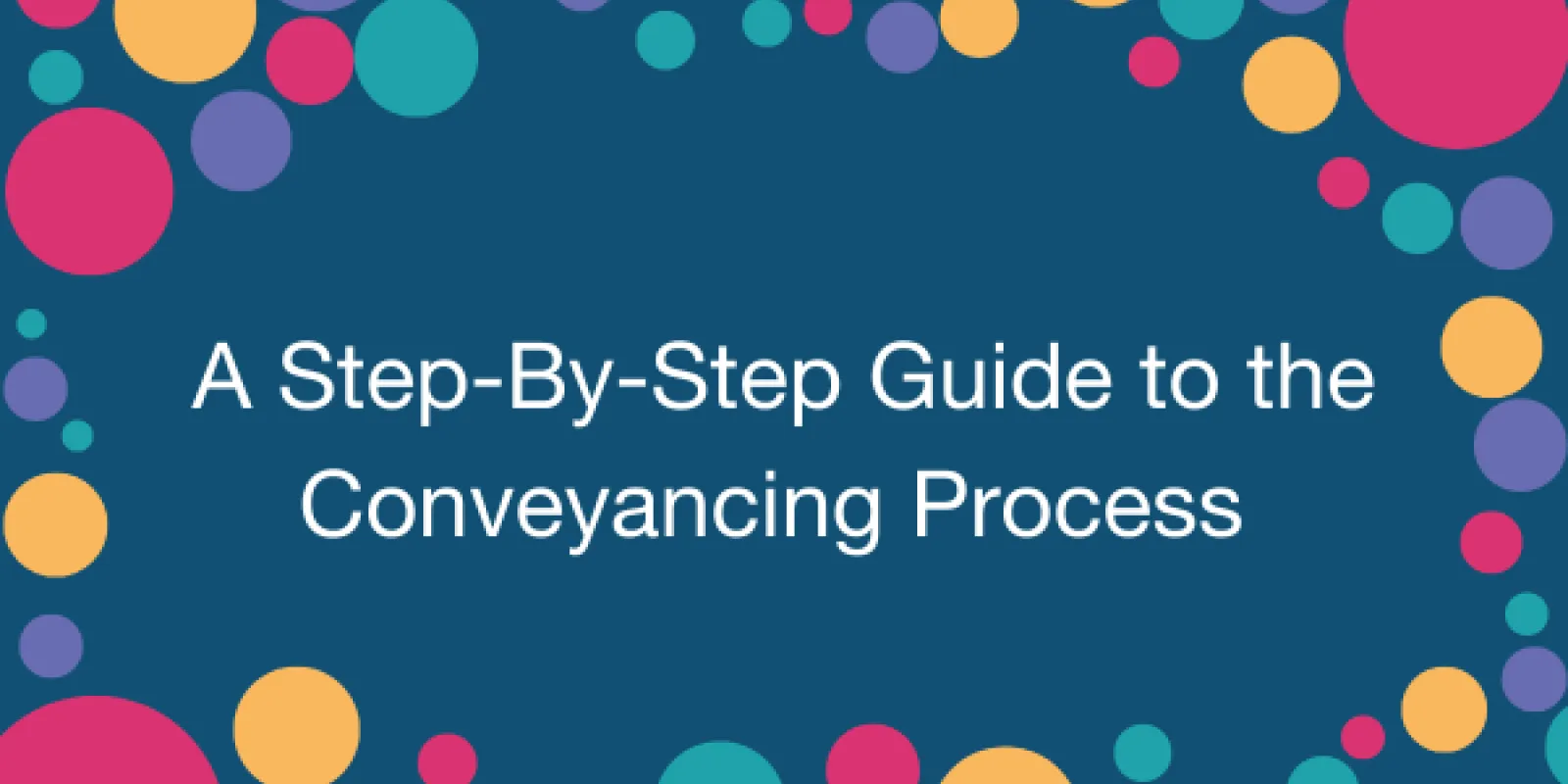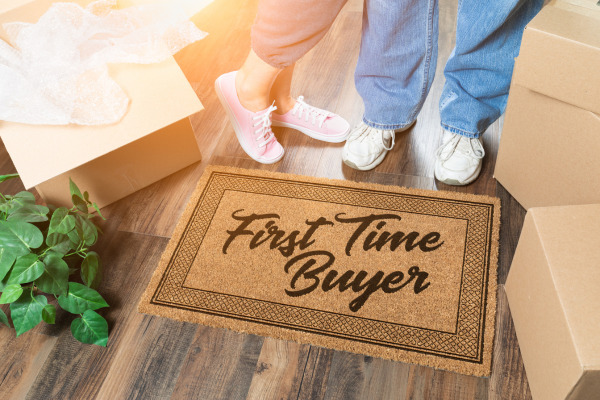News
A Step-By-Step Guide to the Conveyancing Process

Buying or selling a home can feel overwhelming, especially if it’s your first time. At Dean Wilson LLP, we aim to make the legal side of moving home as smooth and straightforward as possible. Here's a clear, step-by-step guide to the conveyancing process - whether you're buying, selling, or both.
We’ve also included practical tips on how to speed things up and avoid delays.
Step 1: Instruct your solicitor or conveyancer
As soon as you’ve decided to buy or sell a property, instruct a solicitor. Don’t wait until you’ve accepted or made an offer. Early instruction allows your solicitor to start the initial paperwork, carry out ID checks, and request key documents.
Tip: Getting your solicitor involved early can save weeks later on
Step 2: Get your documents ready
Once instructed, sellers should prepare the following documents:
- Photo ID and proof of address
- Title deeds (or your Land Registry title number)
- Completed property information forms (TA6, TA10 and TA7 if leasehold)
- Warranties, planning consents, and certificates for any work done
Buyers will need to provide:
- Proof of ID and address
- Details of how you’re funding the purchase with paperwork to show how the funds have accumulated, such as from savings, sale of a property, inheritance etc. If you are getting a mortgage, then this should include a mortgage in principle.
Step 3: Draft and review the contract
For sellers: your solicitor will draft the contract pack and send it to the buyer’s solicitor. It includes the contract of sale, property information forms, and supporting documents.
For buyers: your solicitor will check the contract, raise questions (called pre-contract enquiries), and begin searches.
Step 4: Carry out property searches
For buyers, your solicitor will order standard searches including:
- Local authority search (planning, building regulations, road schemes)
- Water and drainage search
- Environmental search
These help identify any potential issues with the property before you commit to buying.
Step 5: Arrange your mortgage and survey
If you’re buying with a mortgage, now is the time to:
- Finalise your mortgage application
- Receive your formal mortgage offer
- Arrange a survey to check the condition of the property (especially important if the property is older)
Tip: You can choose from a basic valuation, a HomeBuyer Report, or a full structural survey depending on your needs.
Step 6: Deal with enquiries and responses
Your solicitor (if you're buying) will review the seller’s replies to all enquiries and ensure everything is in order before moving forward.
Sellers should respond to these enquiries promptly and thoroughly to avoid delays.
Step 7: Sign contracts and agree a completion date
Once all questions have been answered, mortgage offers are in place, and both parties are happy, you’ll sign the contracts.
Both solicitors will then agree on a completion date - this is the day you’ll move out or in.
Step 8: Exchange contracts
On exchange day, both parties’ solicitors swap signed contracts and the buyer pays a deposit (usually 10%). At this point, the sale becomes legally binding.
You can’t pull out without serious financial penalties, so make sure everything is ready before this stage.
Step 9: Completion day
On the agreed completion date, the buyer’s solicitor transfers the remaining balance to the seller’s solicitor. Once the money has cleared:
- The seller moves out
- The buyer receives the keys
- The property officially changes hands
This is the day you move house.
Step 10: Post-completion work
After completion, your solicitor will:
- Pay any Stamp Duty Land Tax (SDLT) owed (buyers only)
- Register the change of ownership with HM Land Registry
- Send you a copy of the updated title deed
Ways to speed up the process
Conveyancing can take anywhere from 8 to 16 weeks, depending on the chain. But there are things you can do to help:
- Instruct a solicitor early—even before listing your property or making an offer
- Complete and return paperwork promptly
- Stay in regular contact with your solicitor and estate agent
- Arrange your mortgage early
- Get your documents ready before you're asked for them
Need help with your move?
At Dean Wilson LLP, our experienced property team handles hundreds of home sales and purchases each year. We’ll guide you through every step of the conveyancing process clearly and efficiently, keeping you informed from start to finish.
If you’re buying or selling your home and want friendly, expert advice, get in touch with us today.
Want to see how much it costs to move home? See our pricing breakdown here.



